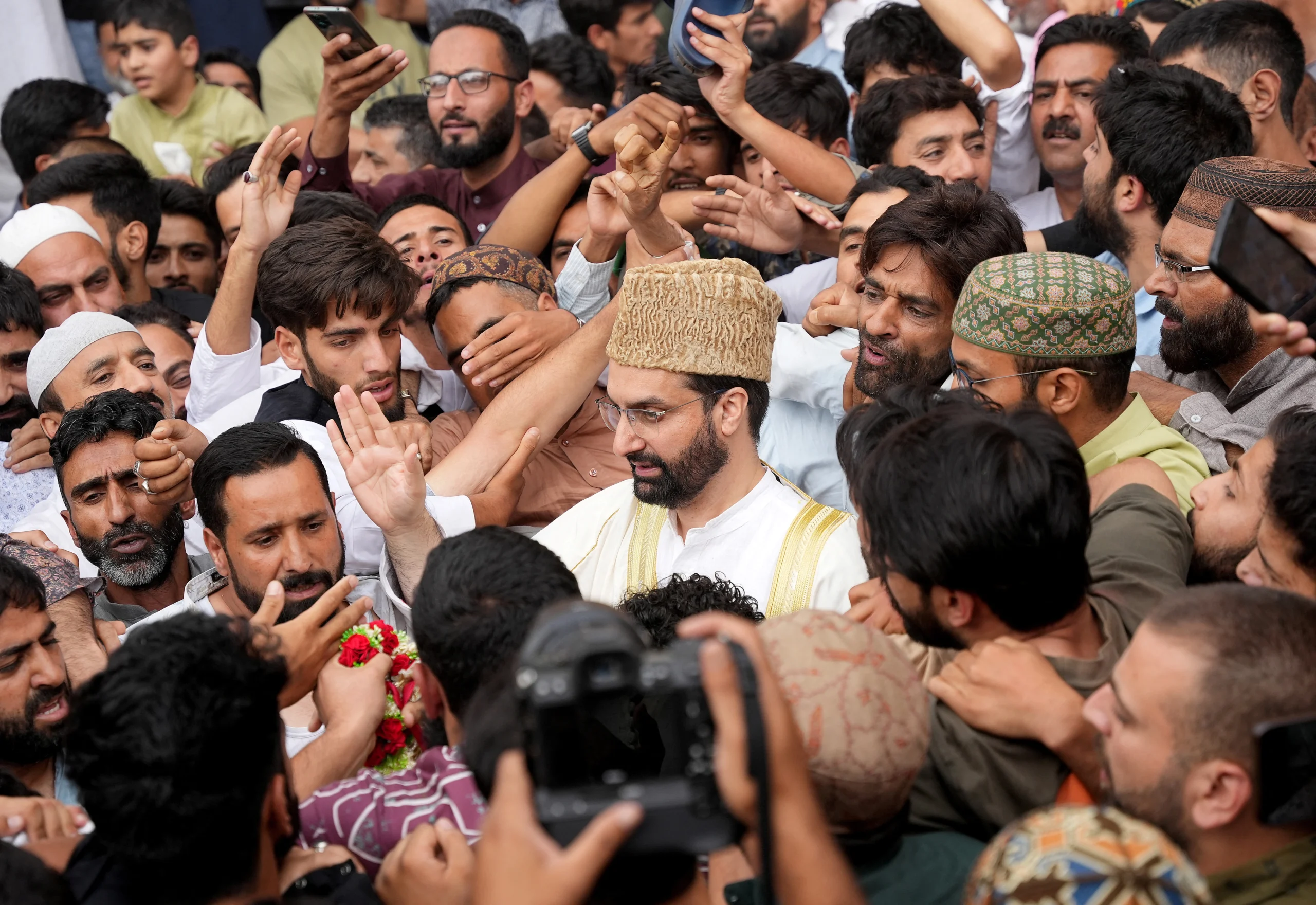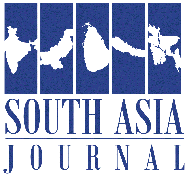
The Indian government’s ongoing campaign to decimate pro-freedom voices in Indian Illegally Occupied Jammu and Kashmir (IIOJK) has entered a new, authoritarian phase. The 2025 developments surrounding the Hurriyat leadership represent not only a targeted political purge but also a broader ideological war aimed at erasing Kashmir’s resistance narrative. India’s strategy is built around coercion, legal manipulation, and demographic engineering—all wrapped in the rhetoric of national unity and security. The BJP government, driven by a Hindu majoritarian agenda, now systematically seeks to eliminate the political legitimacy of Kashmir’s indigenous leadership, using every tool at its disposal.
At the heart of this operation lies a two-pronged approach: dismantling the existing Hurriyat framework and constructing a ‘mainstream’ Muslim political front loyal to New Delhi. In recent months, Indian forces have raided the residences of 36 prominent Hurriyat leaders. Properties have been confiscated, literature has been banned, and political organizations like the Awami Action Committee (AAC) and Jammu and Kashmir Ittihadul Muslimeen (JKIM) have been proscribed under the Unlawful Activities (Prevention) Act (UAPA). These actions are not isolated—they are part of a deliberate attempt to politically disenfranchise the Kashmiri Muslim majority and erase their quest for self-determination.
The use of UAPA to target Hurriyat-affiliated individuals and organizations reflects how Indian law has become an instrument of repression. By empowering state governments to invoke Sections 7 and 8 of the UAPA, New Delhi has legalized property seizures and financial blockades of political opponents. This legislative militarization of civil space is characteristic of India’s “lawfare” doctrine—wherein draconian legal measures are used to suppress dissent under the pretense of national security. Moreover, authorities have pressured Hurriyat leaders, both incarcerated and free, to sign ‘loyalty bonds’ disassociating themselves from any separatist ideology. These documents, which include declarations of allegiance to the Indian constitution and rejection of Hurriyat ideology, are clear violations of political freedom and personal conscience. Leaders refusing to comply face the threat of immediate arrest, asset forfeiture, or imprisonment without trial.
The coercion isn’t just physical—it’s deeply psychological. The strategy targets not just political affiliations but also seeks to humiliate and demoralize leaders through public declarations of loyalty. Those who refuse are painted as threats to national unity and booked under terrorism-related charges. Those who comply are paraded as success stories of Indian democracy, further distorting public discourse. It is a textbook example of how authoritarian states manufacture consent and criminalize dissent.
Parallel to political suppression is a deeper project of demographic restructuring. After the abrogation of Article 370 and 35A, which granted special status to Jammu and Kashmir, India has aggressively pursued policies to alter the region’s Muslim-majority character. New domicile laws, land reforms favoring outsiders, and economic programs targeting Hindu settlers aim to dilute Kashmiri Muslim identity. The political neutralization of the Hurriyat is intended to remove the last institutional obstacle to this settler-colonial vision. In tandem, efforts are underway to erase Kashmir’s cultural and religious symbols. Mosques are being surveilled, Islamic schools monitored, and religious processions restricted. The message is clear: resistance is not only futile but punishable by economic strangulation and social isolation.
Despite the Indian state’s systematic onslaught, the Kashmiri populace remains resolute. Grassroots support for the Hurriyat ideology persists, albeit more underground and decentralized. The Indian government’s failure to win the hearts and minds of Kashmiris is reflected in its refusal to hold a UN-backed plebiscite—a constitutional obligation under international law. The resilience of the Kashmiri spirit stands in stark contrast to the brutality of state action. Every confiscated home, banned book, and silenced voice adds to a growing reservoir of historical injustice that cannot be erased through coercion or co-option.
The international community’s muted response to India’s clampdown is symptomatic of broader geopolitical calculations. Strategic partnerships with New Delhi—particularly by Western powers seeking to counterbalance China—have created an environment where human rights take a back seat to realpolitik. The silence is deafening, and the lack of accountability emboldens the Indian state to act with impunity.
India’s campaign against the Hurriyat is not merely a political crackdown—it is a war on memory, identity, and aspiration. It seeks to replace organic leadership with synthetic puppets and hopes to silence a nation by crushing its representatives. Yet, history suggests that such strategies, no matter how brutal, often backfire. Kashmir’s struggle is not just about territory; it is about political dignity and self-determination—principles that cannot be suppressed through legal coercion or military occupation. Until India chooses dialogue over diktat and reconciliation over repression, peace in Kashmir will remain a distant dream. The Hurriyat may be under siege, but the idea it represents remains alive—in every home that flies the crescent flag, in every heart that beats for azadi.
